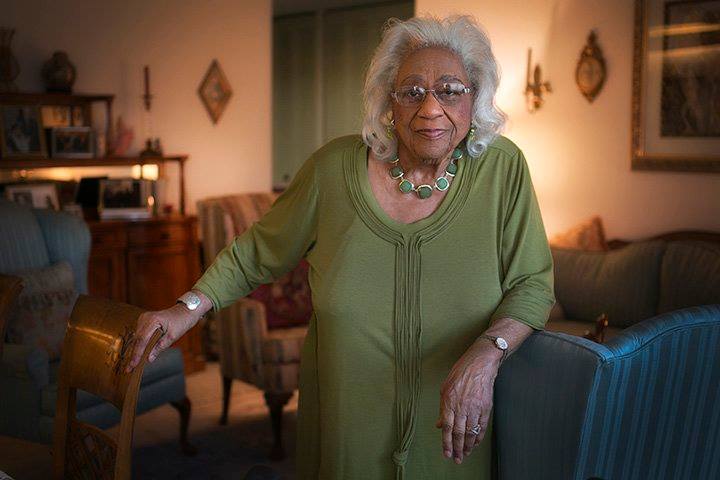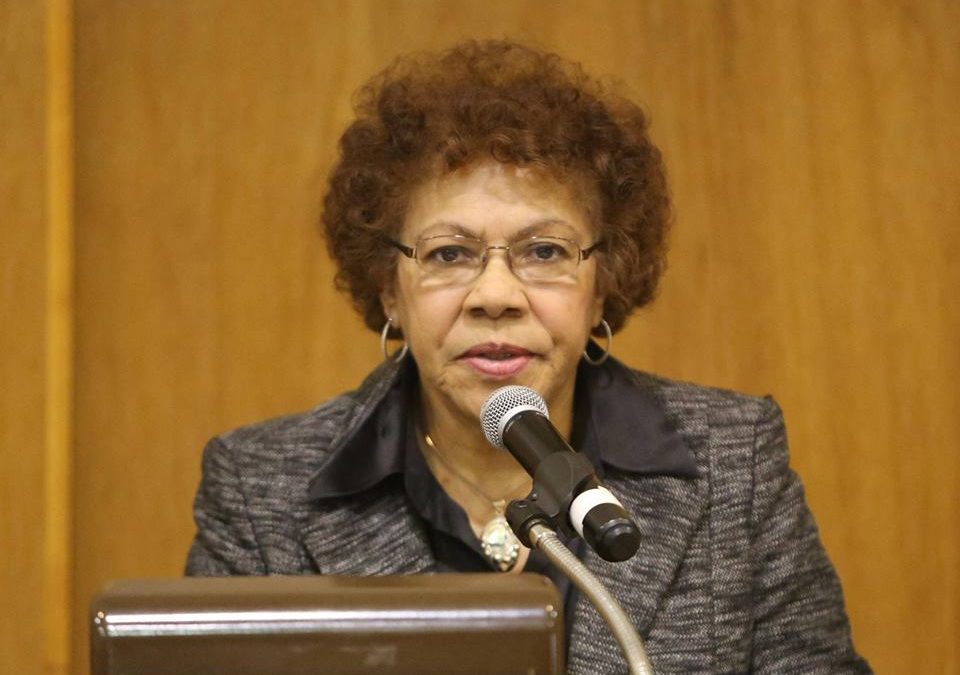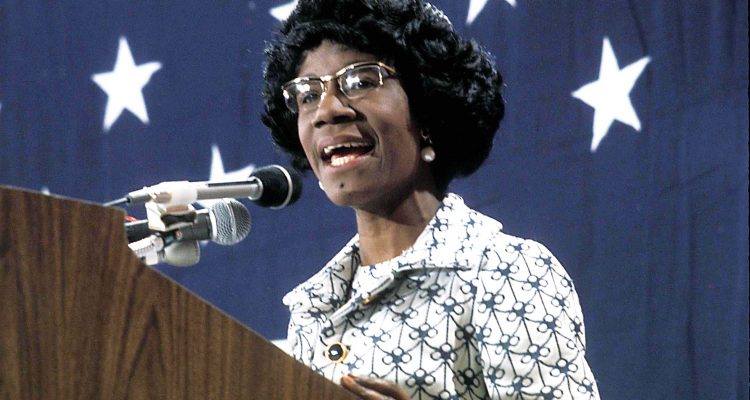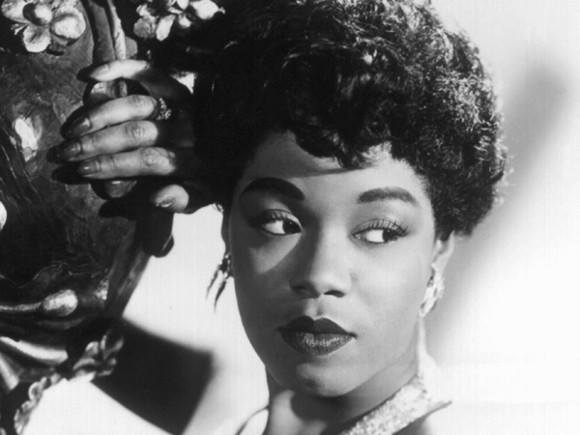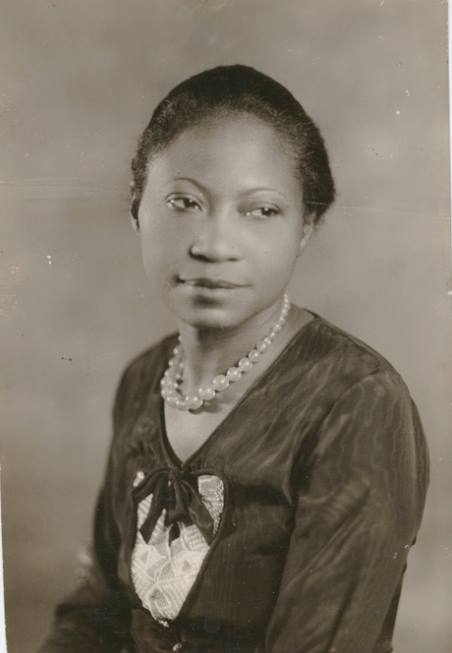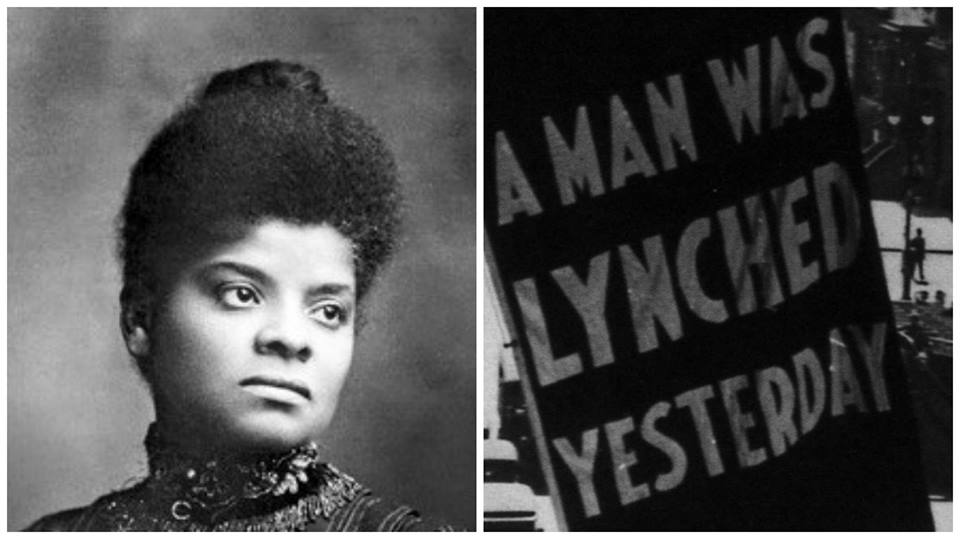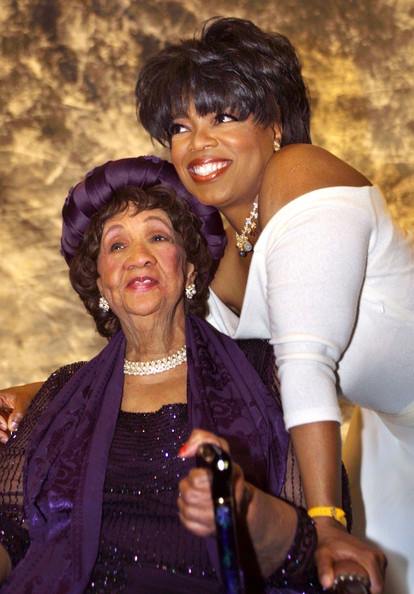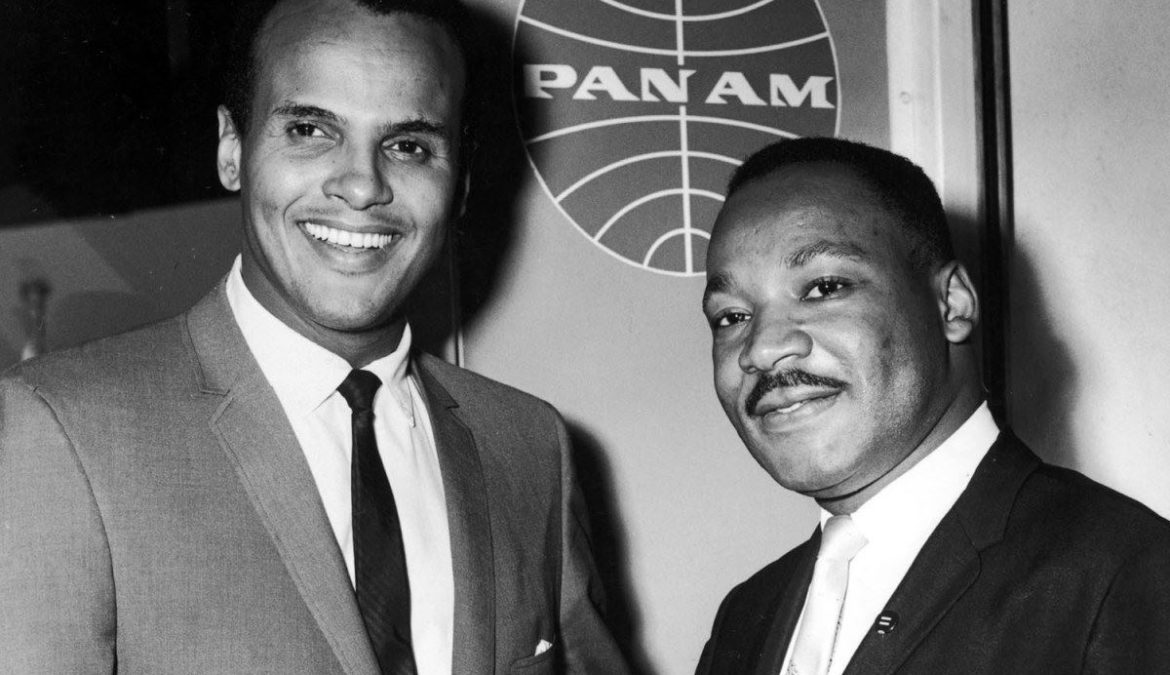GM – FBF – “No nation, savage or civilized, save only the
United States of America, has confessed its inability to protect its women save
by hanging, shooting, and burning alleged offenders.” – Ida B. Wells
Remember – “There is nothing we can do about the lynching
now, as we are out-numbered and without arms.” – Ida B. Wells
Today in our History – Ida B. Wells-Barnett, known for much of
her public career as Ida B. Wells, was an anti-lynching activist, a muckraking
journalist, a lecturer, and a militant activist for racial justice. She lived
from July 16, 1862 to March 25, 1931.
Born into slavery, Wells-Barnett went to work as a teacher when
she had to support her family after her parents died in an epidemic. She wrote
on racial justice for Memphis newspapers as a reporter and newspaper owner.
She was forced to leave town when a mob attacked her offices in
retaliation for writing against an 1892 lynching.
After briefly living in New York, she moved to Chicago, where
she married and became involved in local racial justice reporting and
organizing. She maintained her militancy and activism throughout her life.
Early Life
Ida B. Wells was enslaved at birth. She was born in Holly Springs, Mississippi,
six months before the Emancipation Proclamation. Her father, James Wells, was a
carpenter who was the son of the man who enslaved him and his mother. Her
mother, Elizabeth, was a cook and was enslaved by the same man as her husband
was. Both kept working for him after emancipation. Her father got involved in
politics and became a trustee of Rust College, a freedman’s school, which Ida
attended.
A yellow fever epidemic orphaned Wells at 16 when her parents
and some of her brothers and sisters died.
To support her surviving brothers and sisters, she became a
teacher for $25 a month, leading the school to believe that she was already 18
in order to obtain the job.
Education and Early Career
In 1880, after seeing her brothers placed as apprentices, she moved with her
two younger sisters to live with a relative in Memphis.
There, she obtained a teaching position at a black school, and
began taking classes at Fisk University in Nashville during summers.
Wells also began writing for the Negro Press Association. She
became editor of a weekly, Evening Star, and then of Living Way, writing under
the pen name Iola. Her articles were reprinted in other black newspapers around
the country.
In 1884, while riding in the ladies’ car on a trip to Nashville,
Wells was forcibly removed from that car and forced into a colored-only car,
even though she had a first class ticket. She sued the railroad, the Chesapeake
and Ohio, and won a settlement of $500. In 1887, the Tennessee Supreme Court
overturned the verdict, and Wells had to pay court costs of $200.
Wells began writing more on racial injustice and she became a
reporter for, and part owner of, Memphis Free Speech. She was particularly
outspoken on issues involving the school system, which still employed her. In
1891, after one particular series, in which she had been particularly critical (including
of a white school board member she alleged was involved in an affair with a
black woman), her teaching contract was not renewed.
Wells increased her efforts in writing, editing, and promoting
the newspaper.
She continued her outspoken criticism of racism. She created a
new stir when she endorsed violence as a means of self-protection and
retaliation.
Lynching in Memphis
Lynching in that time had become one common means by which African Americans
were intimidated. Nationally, in about 200 lynchings each year, about
two-thirds of the victims were black men, but the percentage was much higher in
the South.
In Memphis in 1892, three black businessmen established a new
grocery store, cutting into the business of white-owned businesses nearby.
After increasing harassment, there was an incident where the business owners
fired on some people breaking into the store. The three men were jailed, and
nine self-appointed deputies took them from the jail and lynched them.
Anti-Lynching Crusade
One of the lynched men, Tom Moss, was the father of Ida B.
Wells’ goddaughter, and Wells knew him and his partners to be
upstanding citizens. She used the paper to denounce the lynching, and to
endorse economic retaliation by the black community against white-owned
businesses as well as the segregated public transportation system. She also
promoted the idea that African Americans should leave Memphis for the
newly-opened Oklahoma territory, visiting and writing about Oklahoma in her
paper. She bought herself a pistol for self-defense.
She also wrote against lynching in general. In particular, the
white community became incensed when she published an editorial denouncing the
myth that black men raped white women, and her allusion to the idea that white
women might consent to a relationship with black men was particularly offensive
to the white community.
Wells was out of town when a mob invaded the paper’s offices and
destroyed the presses, responding to a call in a white-owned paper. Wells heard
that her life was threatened if she returned, and so she went to New York,
self-styled as a “journalist in exile.”
Anti-Lynching Journalist in Exile
Ida B. Wells continued writing newspaper articles at New York Age, where she
exchanged the subscription list of Memphis Free Speech for a part ownership in
the paper. She also wrote pamphlets and spoke widely against lynching.
In 1893, Wells went to Great Britain, returning again the next
year. There, she spoke about lynching in America, found significant support for
anti-lynching efforts, and saw the organization of the British Anti-Lynching
Society.
She was able to debate Frances Willard during her 1894 trip;
Wells had been denouncing a statement of Willard’s that tried to gain support
for the temperance movement by asserting that the black community was opposed
to temperance, a statement that raised the image of drunken black mobs
threatening white women — a theme that played into lynching defense.
Move to Chicago
On returning from her first British trip, Wells moved to Chicago. There, she
worked with Frederick Douglass and a local lawyer and editor, Frederick
Barnett, in writing an 81-page booklet about the exclusion of black
participants from most of the events around the Colmbian Exposition.
She met and married Frederick Barnett who was a widower.
Together they had four children, born in 1896, 1897, 1901 and 1904, and she
helped raise his two children from his first marriage. She also wrote for his
newspaper, the Chicago Conservator.
In 1895 Wells-Barnett published A Red Record: Tabulated
Statistics and Alleged Causes of Lynchings in the United States 1892 – 1893 –
1894. She documented that lynchings were not, indeed, caused by black men
raping white women.
From 1898-1902, Wells-Barnett served as secretary of the
National Afro-American Council. In 1898, she was part of a delegation to
President William McKinley to seek justice after the lynching in South Carolina
of a black postman.
In 1900, she spoke for woman suffrage, and worked with another
Chicago woman, Jane Addams, to defeat an attempt to segregate Chicago’s public
school system.
In 1901, the Barnetts bought the first house east of State
Street to be owned by a black family. Despite harassment and threats, they continued
to live in the neighborhood.
Wells-Barnett was a founding member of the NAACP in 1909, but
withdrew her membership, criticizing the organization for not being militant
enough. In her writing and lectures, she often criticized middle-class blacks including
ministers for not being active enough in helping the poor in the black
community.
In 1910, Wells-Barnett helped found and became president of the
Negro Fellowship League, which established a settlement house in Chicago to
serve the many African Americans newly arrived from the South. She worked for
the city as a probation officer from 1913-1916, donating most of her salary to
the organization. But with competition from other groups, the election of an
unfriendly city administration, and Wells-Barnett’s poor health, the League
closed its doors in 1920.
Woman Suffrage
In 1913, Wells-Barnett organized the Alpha Suffrage League, an organization of
African American women supporting woman suffrage. She was active in protesting
the strategy of the National American Woman Suffrage Association, the largest
pro-suffrage group, on participation of African Americans and how they treated
racial issues. The NAWSA generally made participation of African Americans
invisible — even while claiming that no African American women had applied for
membership — so as to try to win votes for suffrage in the South. By forming
the Alpha Suffrage League, Wells-Barnett made clear that the exclusion was
deliberate, and that African American women and men did support woman suffrage,
even knowing that other laws and practices that barred African American men
from voting would also affect women.
A major suffrage demonstration in Washington, DC, timed to align
with the presidential inauguration of Woodrow Wilson, asked that African
American supporters march at the back of the line. Many African American
suffragists, like Mary Church Terrell, agreed, for strategic reasons after
initial attempts to change the minds of the leadership — but not Ida B.
Wells-Barnett. She inserted herself into the march with the Illinois
delegation, after the march started, and the delegation welcomed her. The
leadership of the march simply ignored her action.
Wider Equality Efforts
Also in 1913, Ida B. Wells-Barnett was part of a delegation to see President
Wilson to urge non-discrimination in federal jobs. She was elected as chair of
the Chicago Equal Rights League in 1915, and in 1918 organized legal aid for
victims of the Chicago race riots of 1918.
In 1915, she was part of the successful election campaign that
led to Oscar Stanton De Priest becoming the first African American alderman in
the city.
She was also part of founding the first kindergarten for black
children in Chicago.
Later Years and Legacy
In 1924, Wells-Barnett failed in a bid to win election as president of the
National Association of Colored Women, defeated by Mary McLeod Bethune. In
1930, she failed in a bid to be elected to the Illinois State Senate as an
independent.
Ida B. Wells-Barnett died in 1931, largely unappreciated and
unknown, but the city later recognized her activism by naming a housing project
in her honor. The Ida B. Wells Homes, in the Bronzeville neighborhood on the
South Side of Chicago, included rowhouses, mid-rise apartments, and some
high-rise apartments. Because of the housing patterns of the city, these were
occupied primarily by African Americans. Completed in 1939 to 1941, and
initially a successful program, over time neglect and other urban problems led
to their decay including gang problems. They were torn down between 2002 and
2011, to be replaced by a mixed-income development project.
Although anti-lynching was her main focus, and she did achieve
considerable visibility of the problem, she never achieved her goal of federal
anti-lynching legislation. Her lasting success was in the area of organizing
black women.
Her autobiography Crusade for Justice, on which she worked in
her later years, was published in 1970, edited by her daughter Alfreda M.
Wells-Barnett.
Her home in Chicago is a
National HIstoric Landmark, and is under private ownership. Research more about
this great American and share with your babies. Make it a champion day!


